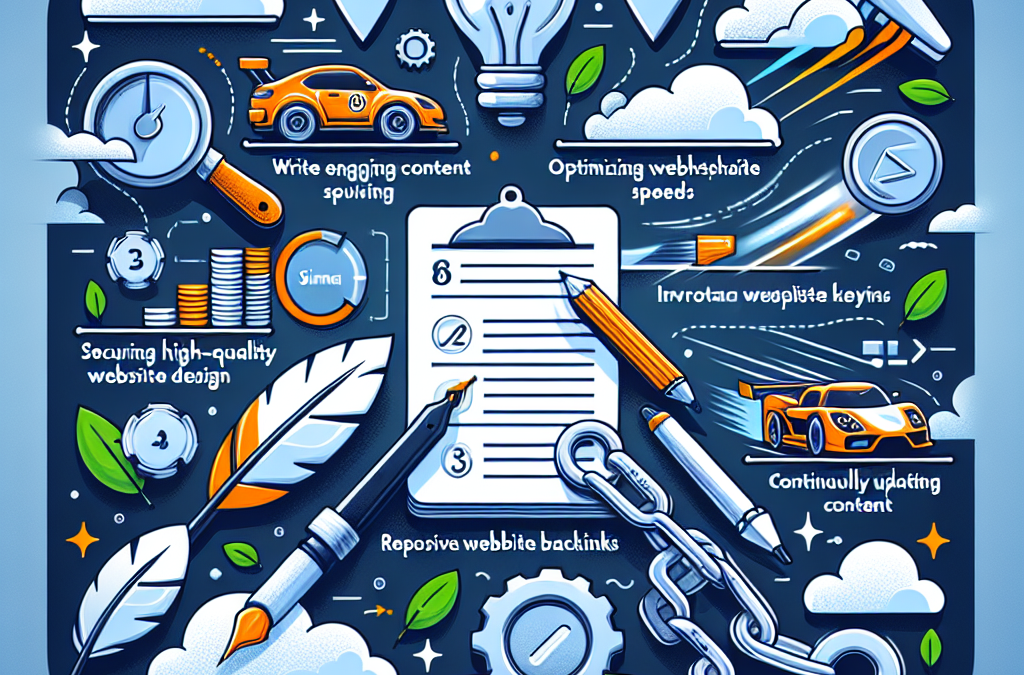Are you looking to improve your website’s search engine performance and boost your Google rankings? One key factor to consider is the loading speed of your site. In today’s fast-paced digital world, users expect websites to load quickly and efficiently. If your site takes too long to load, it can negatively impact your SEO efforts and ultimately hurt your rankings.
Optimizing your website’s loading speed is crucial for both on-page and off-page SEO. Slow loading times can lead to higher bounce rates, lower user engagement, and decreased conversions. In fact, research shows that a one-second delay in page load time can result in a 7% reduction in conversions.
On-Page SEO
When it comes to on-page SEO, loading speed plays a significant role in how search engines crawl and index your site. Google has indicated that site speed is one of the factors used in their ranking algorithm. A faster-loading website is more likely to rank higher in search results compared to a slower site.
To optimize your website’s loading speed for better on-page SEO, start by optimizing images and videos. Large media files can slow down your site significantly. Compress images and videos without compromising quality to reduce file sizes and improve loading times.
Additionally, minimize HTTP requests by combining CSS and JavaScript files where possible. This will reduce the number of server requests needed to load your site, resulting in faster loading times. You can also enable browser caching to store static resources locally on users’ devices, further improving loading speeds.
Off-Page SEO
Off-page SEO factors like backlinks and social signals are also influenced by website loading speed. A slow-loading site may deter other websites from linking to yours or sharing your content on social media platforms. This can hinder your off-page SEO efforts and limit your reach online.
To enhance off-page SEO through improved loading speed, consider leveraging content delivery networks (CDNs) to distribute content across multiple servers worldwide. CDNs help deliver web pages faster by serving content from the closest server location to the user, reducing latency and improving overall performance.
You can also optimize server response times by upgrading hosting plans or implementing server-side caching mechanisms like Varnish or Redis. By reducing server response times, you can improve website performance and create a better user experience for visitors.
Conclusion
In conclusion, optimizing your website’s loading speed is essential for better search engine performance and improved Google rankings. By focusing on both on-page and off-page SEO factors related to loading speed, you can enhance user experience, increase engagement, and ultimately drive more organic traffic to your site.
Take the time to assess your current website performance using tools like Google PageSpeed Insights or GTmetrix. Identify areas for improvement and implement strategies outlined above to boost loading speeds effectively. Remember that every second counts when it comes to website loading times – make sure yours is optimized for success!

